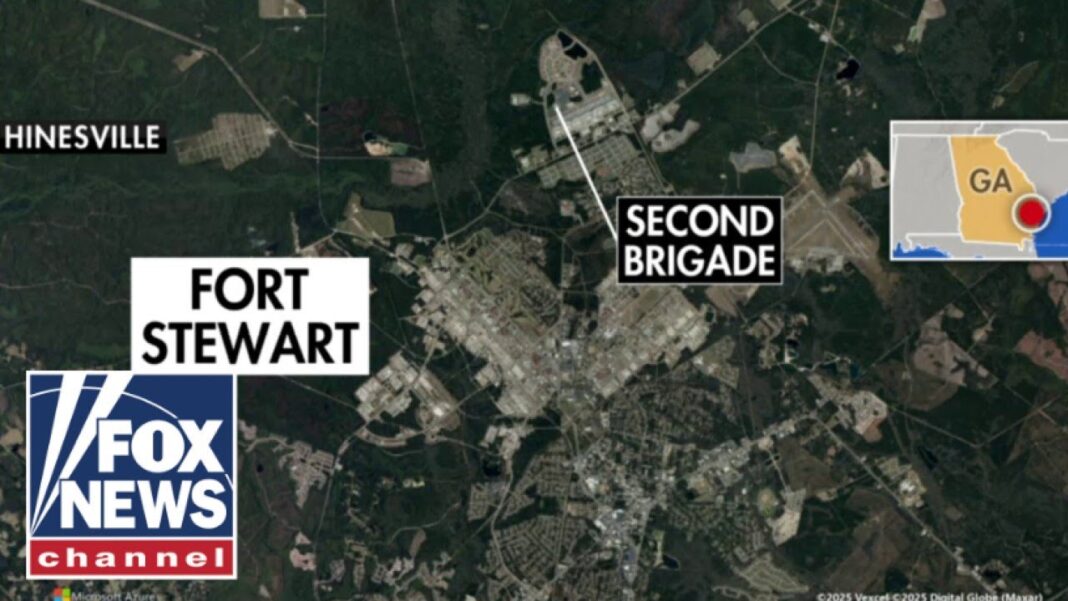US Ambassador to Turkiye Tom Barrack proposed in mid-July that his country lease the Zangezur Corridor for 100 years as a means of breaking the deadlock between Armenia and Azerbaijan over this issue. Russian Foreign Ministry spokeswoman Maria Zakharova reacted negatively to his suggestion by accusing the US of trying to take over the peace process and jeopardizing regional stability. Her remarks followed a report alleging that a secret memorandum had already been signed for creating the “Trump Bridge”.
The Spanish outlet Periodista Digital claimed that members of the Armenian diaspora procured this document from their state contacts, which will also see the deployment of around 1,000 American PMCs to secure this route. RT chief Margarita Simonyan, who’s ethnically Armenian and passionate about her ancestral homeland’s affairs, popularized the report by sharing it on X. She’s also been very critical of Armenian Prime Minister Nikol Pashinyan, who she earlier accused of selling Armenia out to Turkiye.
REVEALED: Puppet sultan Pashinyan signs secret memorandum to turn Armenia into American staging ground for future war with Iran.
— Margarita Simonyan (@M_Simonyan) July 23, 2025
Spain's Periodista Digital says it has obtained copy of agreement between Armenia, Azerbaijan and the US to create the "Trump Bridge Transportation… pic.twitter.com/MFgHbNFJT1
Since returning from Turkey, Mr Pashinyan – or is it Effendi Pashinyan now – has unleashed a campaign of smears, searches and threats against the Armenian Apostolic Church and its head Catholicos Karekin II.
— Margarita Simonyan (@M_Simonyan) June 27, 2025
To Armenians living in their homeland: what are you waiting for? For… pic.twitter.com/yHl1GH6RXI
If agreed to, and the report remains unconfirmed for now, the “Trump Bridge” could lead to Russia’s expulsion from the South Caucasus. The last clause of the Moscow-mediated November 2020 ceasefire between Armenia and Azerbaijan calls for Russia’s FSB Border Guards to secure what Baku has since taken to calling the Zangezur Corridor through Armenia’s southern Syunik Region. Replacing them with American PMCs could precede the expulsion of Russian troops from Armenia.
Pashinyan confirmed in mid-July that Armenia will likely leave the CSTO instead of unfreeze its membership that he unilaterally suspended. This could be the pretext for requesting the withdrawal of Russian troops simultaneously with welcoming American PMCs. From his perspective, their deployment could function as an informal security guarantee vis-à-vis Azerbaijan and Turkiye since they’d think twice about endangering US citizens, especially those guarding a project called the “Trump Bridge”.
What the US wants to gain from this, apart from some easy profits, is setting into motion the sequence of events required for removing Russian forces from Armenia as explained above. The US can also monitor Turkish military traffic across the route to Central Asia while possibly stoking Azeri separatism in neighboring Iran’s majority-Azeri northern regions. Another benefit is that Trump could present this deal as having averted war and thus possibly raise the prospects that he’ll be awarded the Nobel Peace Prize.
Armenia’s latest political unrest earlier this summer was driven in part by concerns that Pashinyan was on the brink of clinching a deal to open the Zangezur Corridor without any Russian role. That scenario coupled with Armenia’s possibly imminent withdrawal from the CSTO could leave Syunik vulnerable to an Azerbaijani(-Turkish?) invasion. He might have thus thought that inviting American PMCs to replace Russia’s FSB could placate his people, but they might still protest if he leases Armenian land to the US.
In the event that he does and isn’t deposed by a popular revolution or patriotic military coup, the “Trump Bridge” is expected to result in a surge of Turkish influence across Central Asia as explained here, which might then lead to Kazakhstan and Kyrgyzstan defecting from the CSTO. The easiest means to this geopolitical end is for Armenia to cut an economic-security deal with the US that excludes Russia’s envisaged role in monitoring Turkish military traffic to Central Asia. It’s unclear how Russia could stop this.







